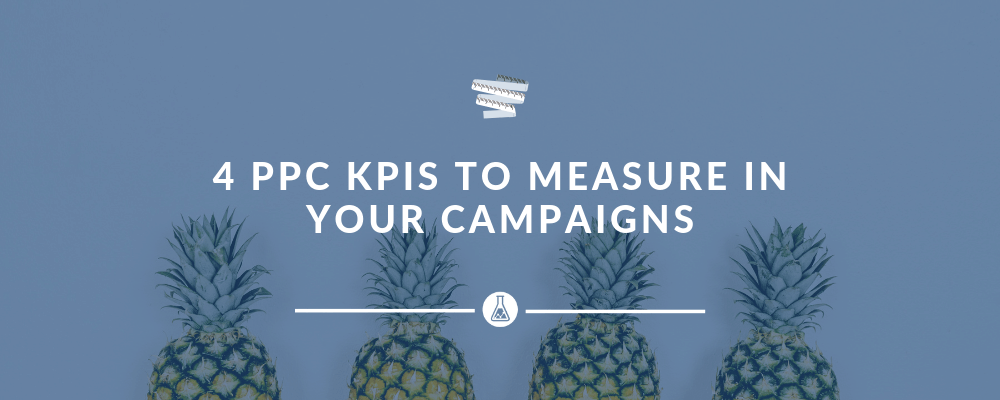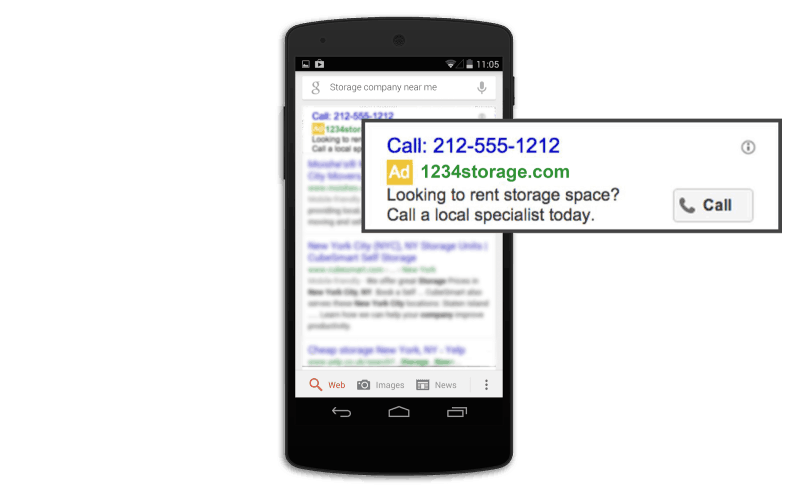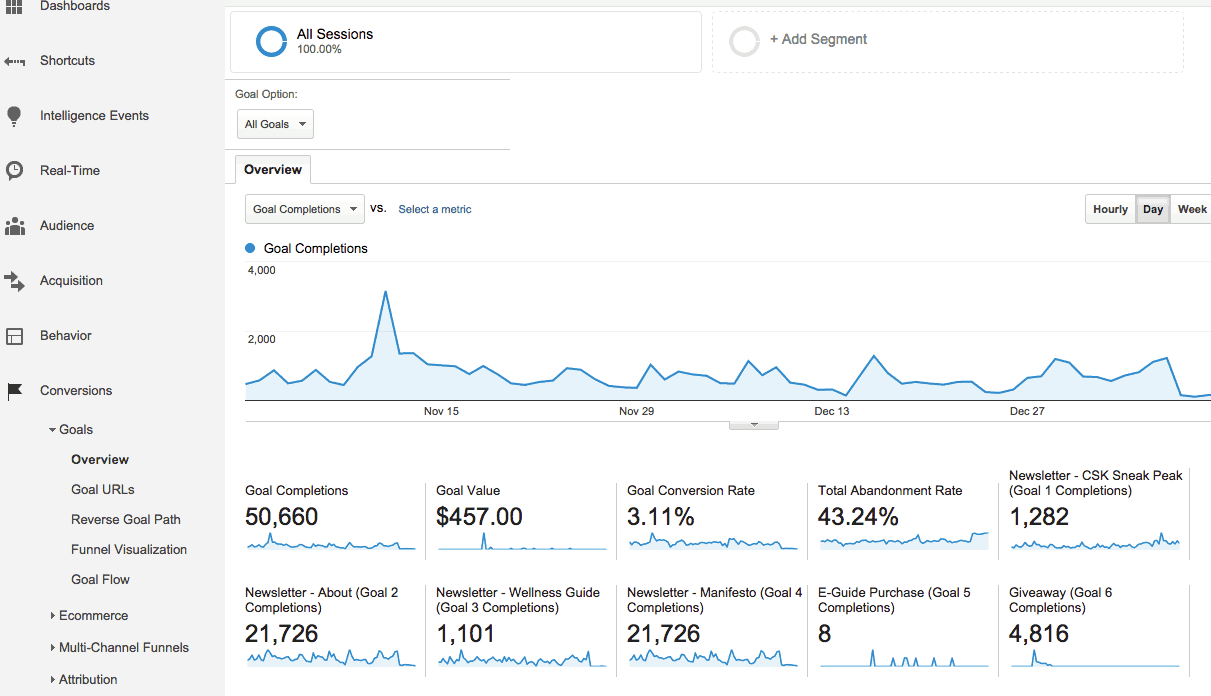One reason pay-per-click (PPC) advertising has exploded as a platform is measurability. You have countless different metrics at your disposal that allow you to track and analyze accounts and campaigns from many angles.
Although the sea of PPC KPIs (key performance indicators) available to evaluate is one of this strategy’s largest benefits, it can also be overwhelming. Understanding which KPIs are most relevant to your PPC success, indicative of your performance, and most likely to impact your bottom line can be a tough thing to do, especially when there are so many options to choose from.
There are many basic PPC KPIs to start with, like click-through-rate and cost per click for example, but if you’re ready to begin delving into more metrics, here are a few ideas.
1. Phone calls
A very natural result of the increase in mobile searches has been the growth in the number of calls attributed to paid search. Call-only campaigns, which appear on mobile phones, have a “call” button that appears on the right, while a call CTA along with a phone number shows as a headline. In industries that depend on a high volume of calls, these ads have proven fruitful.
Call-only campaigns measure the number of people who opted to call business as a result of viewing a paid ad. It can indicate how actionable the ad is proving to be in search. For businesses that use phone calls to generate leads or customers, it measures an important conversion action.
Action-based metrics are important to consider in your PPC campaigns because they indicate the number of people interacting with your ad, rather than just those who view them.
Phone calls can be an overlooked opportunity, as it does require a little bit of setup. If advertisers want to add call extensions and report specifically on this activity, it is necessary to do this manually within Google Ads.
As today’s consumers use their smartphones and mobile search to perform a vast number of activities, call-only campaigns are likely to become more popular. For this reason, phone calls will become a more important KPI metric to track.
2. Impression share
In online advertising, an “impression” is made each time an ad is shown on a search results page or a display ad. Impression Share indicates the number of impressions you’ve received divided by the estimated number of impressions you were eligible to receive. Eligibility is based on your current ads’ targeting settings, approval statuses, bids, and Quality Scores. You can view impression share data at the campaign, ad group, and keyword levels.
Impression share often falls under the radar, but it’s a great KPI to measure the strength of your keyword set. If your impression share is high, it’s a great indicator that you have strong keyword coverage. Impression share works best after a campaign has gone through its early stages and has already played the field with many keyword variations. Once you see which keywords are resonating, then it’s time to track your impression share to achieve a higher scale.
However, if you have a low impression share, it can negatively impact the rest of your PPC metrics. Impressions occur early on in the online marketing funnel. If people aren’t served your search or display ads, there will be no ad clicks, which can affect the impact of your online advertising campaigns. That’s what makes impression share such an important PPC KPI and part of the campaign success.
3. Conversion volume
Conversion volume, or the number of users who convert during a certain period, tracks the health of your campaign. It refers to the total number of conversions or monetary value of conversions in a given time period.
A conversion can be a “macro-conversion”, like transactions, revenue, or leads, but it can also be a “micro-conversion” like the number of newsletter signups, video views, or file downloads. A lack of growth here means your campaign needs some serious adjusting.
In Google Analytics, conversion volume is called “Goal Completions.” When using goals in Google Analytics, goals can be categorized into four types:
- destination goals
- duration goals
- pages/screens per session goals
- event goals.
As Optimize Smart says, conversion volume is an accurate reflection of a campaign’s statistical significance and effective reach and is more “optimizable” than conversion rates. You can start by examining and expanding your keyword pool, for one suggestion.
Even a modest increase in conversion volume can have a major impact on the campaign’s results. Increasing conversion volume is the easiest way to grow the return on investment of your campaigns. In particular, if you can improve your conversion volume while maintaining or decreasing your cost per acquisition, you can start generating more revenue from a smaller investment (a digital marketer’s dream!).
4. Cost per acquisition (CPA)
The Cost per Acquisition KPI measures how cost-effective your PPC campaigns are when it comes to generating new conversions for your sales team. The purpose of this metric is to provide your marketing team with a tangible dollar figure so they understand how much money is appropriate to spend on acquiring new conversions, whether this means leads, product sales or a micr0-conversion, like the ones I talked about above.
The ultimate goal, of course, is to minimize the cost per acquisition. However, be sure to compare it with your total amount of conversions. A low CPA, with a high volume of quality conversions, is a good indicator that your campaign is doing well. If your CPA is too high and conversions are too low however, continuing the campaign is extremely difficult to justify.
These are just a few of the PPC KPIs you should be tracking in your campaigns. Be sure to consistently evaluate each of these metrics (and the others you choose to monitor) to determine how valuable they are to you and your business goals.

Marie Johnson
Marie is a contributor to Enlightened Digital, UX Designer and technology writer from New York City. If she's not writing her latest blog post in her kitchen, you'll likely find her strolling through Central Park, cappuccino in hand.




